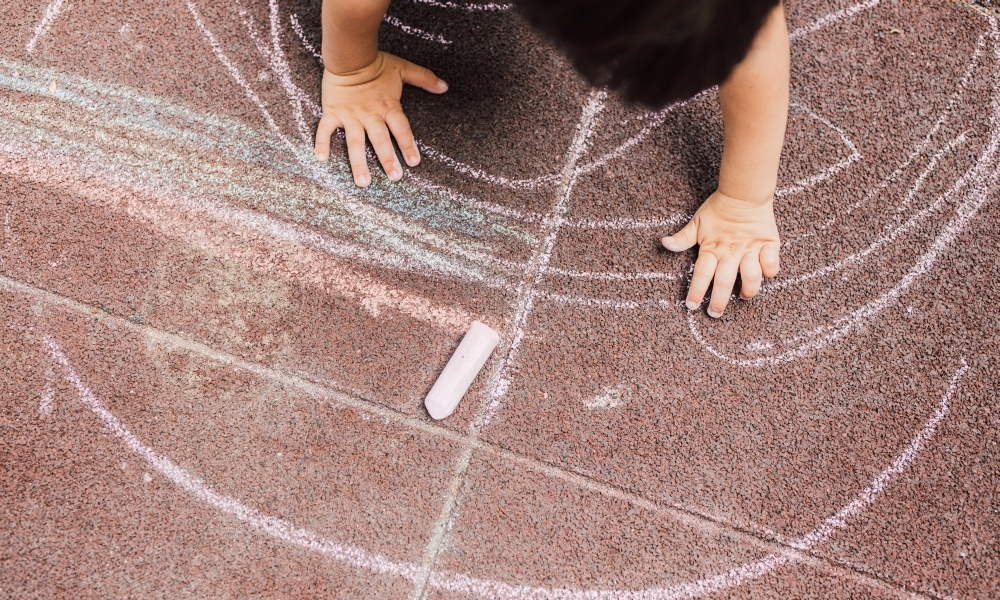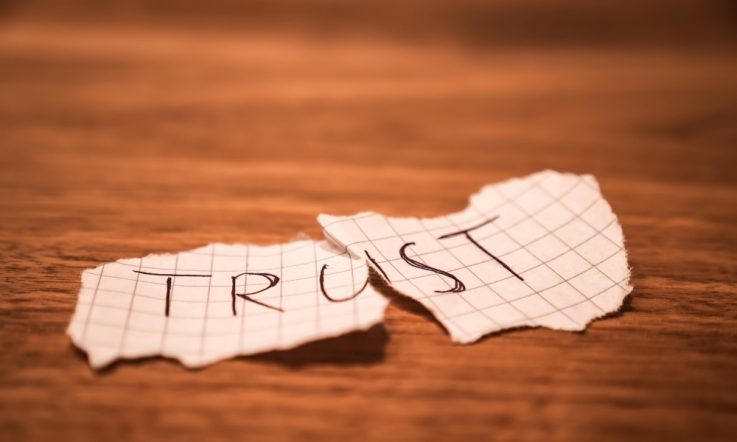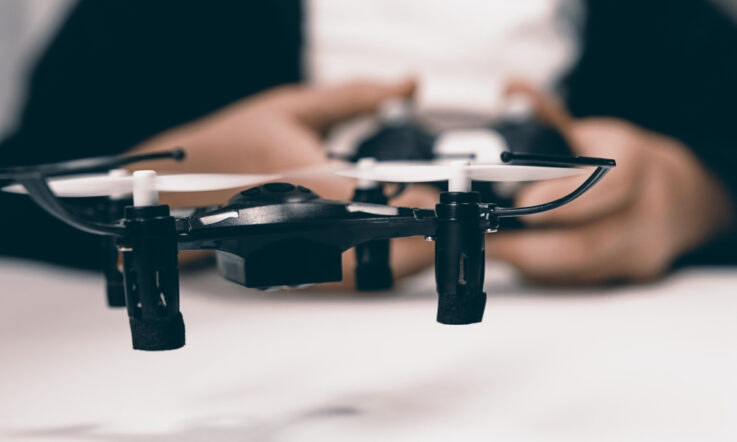In Strong Foundations: Evidence informing practice in early childhood education and care Associate Professor Anna Kilderry and Honorary Professor Bridie Raban lead a team of 34 contributors to share knowledge and insights from research in education, health, social care, child safety, science, mathematics and the arts.
Strong Foundations links research to everyday practice and makes connections to the Early Years Learning Framework. This exclusive extract for Teacher readers is taken from the chapter ‘Assessment and documentation for children’s learning and development’, by Bronwyn Reynolds.
Principles of quality assessment
To ensure that assessment equates to quality practice, early childhood professionals and students need to think about the following forms of assessment.
Authentic assessment
In early childhood the concept of ‘authenticity’ is when we strive for an accurate account of the child’s capabilities within the context of everyday (Ure & Raban, 1996). Nilsen (2004) adds that assessment needs to be viewed as authentic because observations are best if conducted as infants, toddlers and children engage in everyday activities. It is essential, therefore, that educators conduct assessments as these occur in children’s everyday settings and as they go about their daily routines, play episodes and experiences. As Worthen (2008, p. 13) notes, assessments are ‘contextual in that they emerge from the child’s accomplishments’. We need to show ways to gather rich and meaningful information that depict children’s learning in their environments, identify their development and describe their progress (DEEWR, 2009).
Unbiased assessment
When educators first begin to observe children, it can be challenging to choose words appropriate to describe the happenings and behaviours. As Szarkowicz (2006) explains, when observing children, we need to consciously endeavour to describe what we see and hear and not what we may feel or think. In other words, we need to strive for professional judgement. ‘Unbiased’ language means noting what you see and hear, rather than using subjective words and being biased about the behaviour and responses to a situation, although avoidance of judgement cannot be absolute. For example, to support children’s sense of ‘belonging, being and becoming’ (DEEWR 2009, p. 7) when observing and recording children’s experiences and behaviours, the words below align well with the EYLF elements:
- Identity – engage, contribute, reflect, display, model.
- Community – notice, care, initiate, connect, participate.
- Wellbeing – smile, sigh, giggle, shout, negotiate, share.
- Learning – focus, explore, match, manipulate, create.
- Communication – pause, repeat, clap, listen, sing, view.
Quality assessment
Ultimately, by using a plethora of observation techniques we are more likely to see the reality of the happenings and to avoid instead seeing what we want to see, including assumptions (Palaiologou, 2016). Szarkowicz (2006) argues that skilful observers are mindful of their partialities, which may include their impression of the child. ‘Quality assessment’ also means noticing and capturing all areas of a child’s learning and development (Arthur et al, 2018), and these domains are encapsulated in the EYLF (DEEWR, 2009) as the five Learning Outcomes. It means observing and documenting information about children from a holistic lens and a strength-based perspective. With a focus on what children can do, along with their interests, strengths, capabilities and competencies, they are being honoured. Being competent with a task does not necessarily mean that further improvement cannot be explored. Educators need to provide opportunities for young children to develop even more complex skills and understandings and document these over time (Szarkowicz, 2006).
It is beneficial for children to be observed without interrupting the flow of their engagements. One of the keys to capturing children’s ways of knowing and doing is to be quiet and non-intrusive and this respect for children while observing them will more likely seize authentic moments. Flexibility is another feature associated with observations as these can be brief or detailed and certain behaviours or actions can be a single or multiple focus (Szarkowicz, 2006).
The rights of the child and families
Educators need to work collaboratively with children, families and other team members to ascertain how best to capture, document and ensure that children’s daily ways of going about their work, along with their experiences, views and suggestions, are respected and that consideration is given to their privacy (ECA, 2016). Observations must be conducted professionally for they need to be non-threatening and this means openly communicating with children and gaining their assent, if they are able to give it. As stated in the United Nations Convention on the Rights of the Child (UNCRC), Article 12 highlights that if children have the ability to construct their own views then they have the right to voice these in all matters concerning them (UNICEF, 2018). We need to ensure that children are not silenced as learners and that they feel empowered with their learning (Smidt 2015). This aligns well with the NQS (ACECQA, 2020) and the EYLF (DEEWR, 2009) perspective of children being capable and competent. Accordingly, children need to be encouraged to actively participate with matters concerning their learning and development, appropriate to their age and abilities, and this includes assessment and documentation.
With new and engaging technological formats and the ease of sharing information on the internet, we must be mindful of each child’s digital footprint for the future (ACECQA, 2020). As professionals this means being aware of the challenges regarding technologies, including photography, video recording and the privacy settings on social media, especially in terms of ethics and confidentiality. Many families, for instance, are comfortable for photographs to be taken of their child and included in a personal portfolio. For various reasons, however, they may be reluctant to have their child’s image included in public documentation, and so feel uncomfortable about their child being photographed and their image displayed. What is critical is that we must honour their decisions and understand that ethical documentation means asking children and inviting parents to sign a permission form (or not) so that staff know which children can be photographed freely.
There are now secure online environments with EYLF software and platforms, such as Storypark, Kinderloop and EarlyWorks, that ECEC settings are using to interactively stream data to families about their child. These platforms enable educators and families to record and communicate information about a child’s learning. This can be achieved through photographs, videos and observations and instant feed-forward can be given to help with future learning pathways and to extend a child’s sense of ‘belonging, being and becoming’.
References
Australian Children’s Education and Care Quality Authority (ACECQA). (2020). Guide to the national quality framework. ACECQA.
Arthur, L., Beecher, B., Death, E., Dockett, S., & Farmer, S. (2018). Programming and planning in early childhood settings. (7th ed.). Cengage Learning.
Department of Education, Employment and Workplace Relations. (DEEWR). (2009). Belonging, being and becoming: the early years learning framework for Australia. Commonwealth of Australia. https://docs.education.gov.au/node/2632
Early Childhood Australia (ECA). (2016). Code of ethics. ECA.
Kilderry, A., & Raban, B. (Eds.) (2020). Strong Foundations: Evidence informing practice in early childhood education and care. ACER Press
Nilsen, B. (2004). Week by week. Documenting the development of young children. Thomson Delmar Learning.
Smidt, S. (2015). Observing young children: The role of observation and assessment in early childhood settings. Routledge.
Szarkowicz, D. (2006). Observations and reflections in childhood. Thomson.
Palaiologou, I. (2016). Child observation: a guide for students of early childhood. Learning Matters.
UNICEF. (2018). United Nations convention on the rights of the child. United Nations. https://www.unicef.org.au/Upload/UNICEF/Media/Our%20work/childfriendlycrc.pdf
Ure, C., & Raban., (1996). Assessing young learners: an introduction to methods of assessing new school entrants. Board of Studies, Melbourne.
Worthen, S. C. (2008). Assessment in early childhood education, Pearson.
Strong Foundations: Evidence informing practice in early childhood education and care, edited by Anna Kilderry and Bridie Raban, is published by ACER Press and available to order now via the link.



